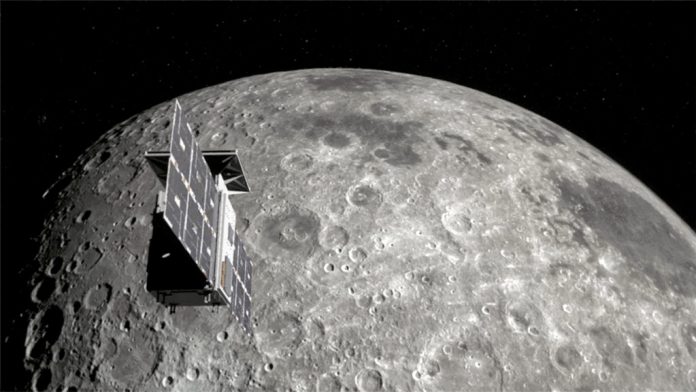
CAPSTONE is a smallsat that will be the first spacecraft to test a unique, elliptical lunar orbit that will support NASA’s Moon missions under Artemis.
Advanced Space is preparing for CAPSTONE’s launch by performing several Operations Readiness Tests (ORTs) that function as real-time mission simulations. The second ORT was successfully completed last week and demonstrated the unique capabilities of Advance Space to operate the mission as it targets its Near Rectilinear Halo Orbit (NRHO), an important and innovative lunar orbit planned for NASA’s Gateway lunar orbiting outpost.
These ORTs simulate critical launch and flight maneuvers as well as allow for practice of various operational scenarios in the weeks leading up to launch. The navigation and maneuver design for the spacecraft after it separates from the launch vehicle will demonstrate the capabilities of the team at Advanced Space.
Advanced Space has prior experience with trajectory analysis and mission design which positions them for the collaborative effort of this mission. In partnership with NASA and other commercial partners, CAPSTONE is expected to be the first cubesat to fly in cislunar space as well as the first spacecraft to operate in an NRHO at the Moon, where it will follow a path around the Earth that closely matches the Moon’s orbit and provide an unobstructed view of the Earth.
The constant view of Earth from the NRHO makes it an ideal orbit for NASA’s lunar Gateway – an outpost that is part of the Artemis missions that will establish a long-term presence at the Moon. Operations in this challenging orbit have not been previously executed. The benefits of a rapid demonstration that acts as a pathfinder for Gateway and other Artemis missions led to this collaborative effort between NASA and commercial partners led by Advanced Space.
In September 2019, NASA issued a press release describing the benefits of the CAPSTONE mission approach. There are several key milestones planned to continue the preparation work of the mission. Among them are a full operations systems evaluation through another round of tests and a trajectory correction maneuver (TCM) real-time simulation of initial acquisition.
Advanced Space of Colorado owns the satellite and is responsible for mission operations. CAPSTONE’s development is supported by NASA’s Space Technology Mission Directorate via the Small Spacecraft Technology Program at NASA’s Ames Research Center in California’s Silicon Valley. Advanced Exploration Systems within NASA’s Human Exploration and Operations Mission Directorate supports the launch and mission operations. NASA’s Launch Services Program at Kennedy Space Center in Florida is responsible for launch management.
The mission will launch on a Rocket Lab Electron launch vehicle.
“This comprehensive readiness test illustrates the capabilities of our team to focus on mission execution in challenging environments and reinforces that our launch date is quickly approaching for this groundbreaking mission,” said Advanced Space CEO, Bradley Cheetham. “We are proud of this mission and grateful to NASA for its support. This mission really showcases the benefits of collaboration between NASA and industry.”
Advanced Space supports the exploration, development, and settlement of space through software and services that leverage unique subject matter expertise to improve the fundamentals of spaceflight. Advanced Space is dedicated to improving flight dynamics technology development and expedited turn-key missions to the Moon, Mars, and beyond.
– Advertisement –